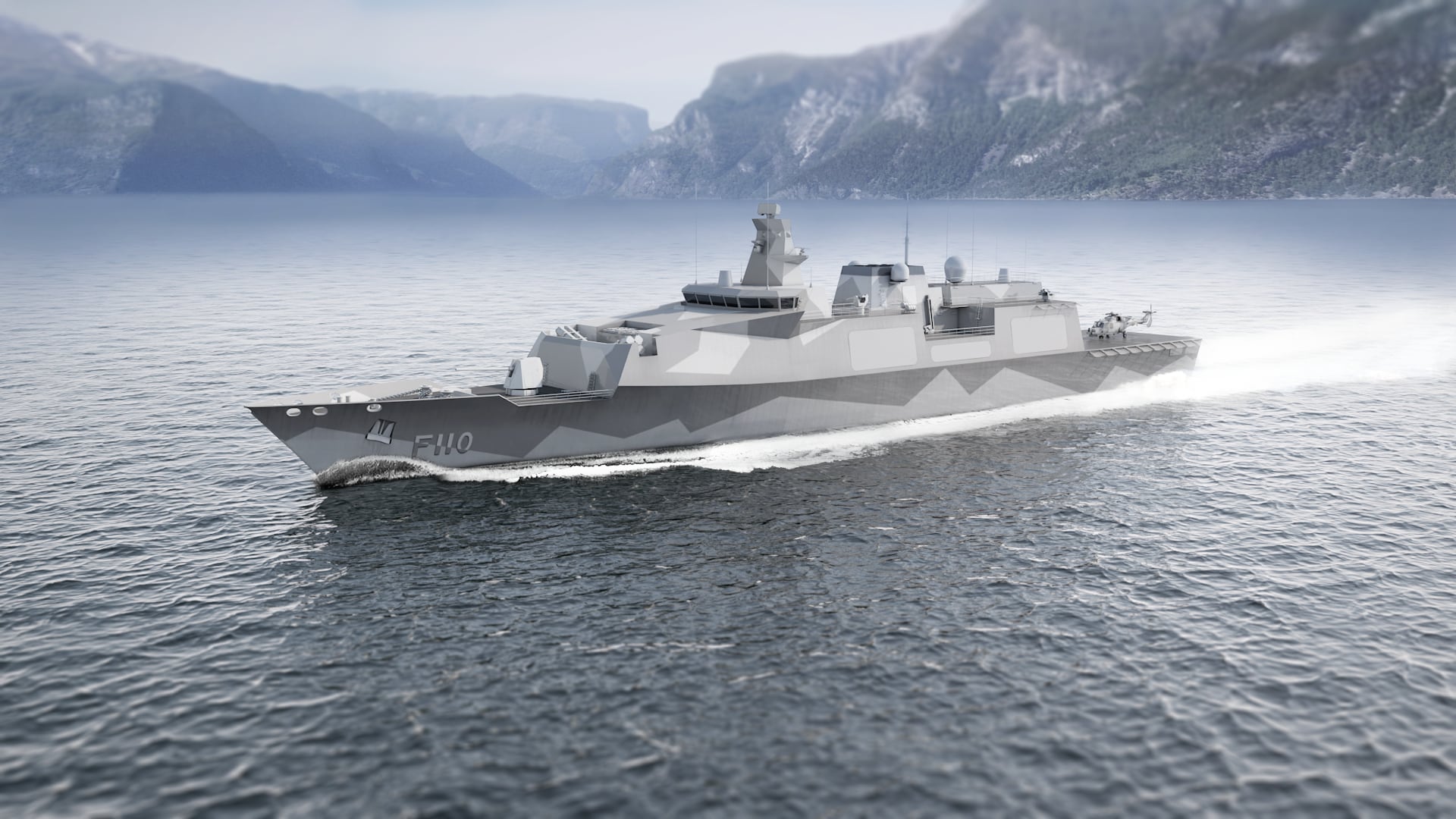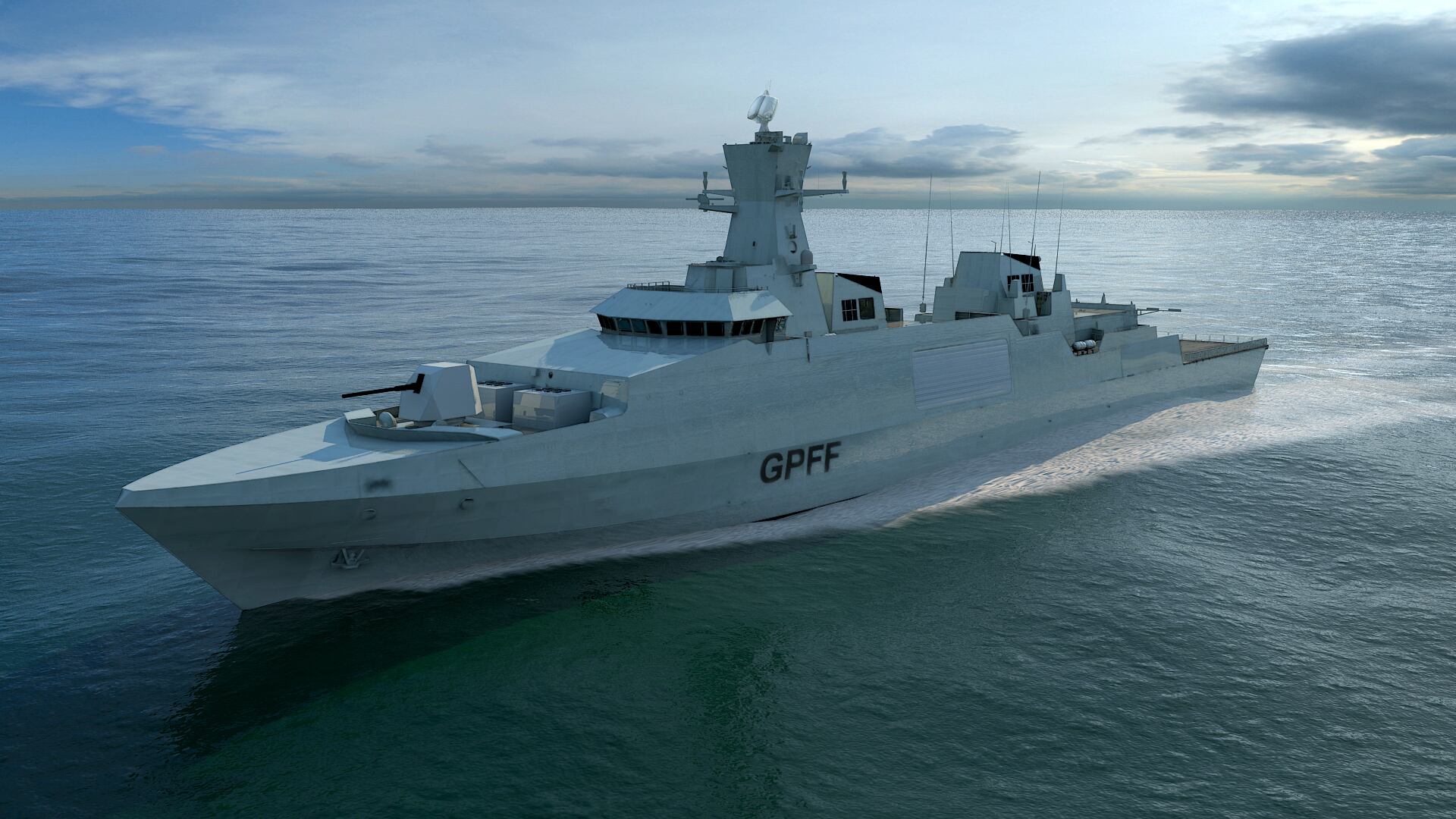LONDON ― The Royal Navy’s Type 23 frigate Argyll is heading back to the fleet after two years in overhaul, and it’s being used as a test and integration platform for new systems intended for the new Type 26 frigate under construction.
The ship, with a fresh coat of paint and sporting the Royal Navy’s new Sea Ceptor air missile defense system, was in London, England, for the annual Defence and Security Equipment International conference.
Argyll is the oldest ship in the fleet at 26 years old, but it has a new mission: integrating systems intended for both the upgraded Type 23 ships and the Royal Navy’s new Type 26 frigates. The Royal Navy announced a contract in June for the first three Type 26 frigates worth £3.7 billion (U.S. $4.9 billion). The lead ship will be the HMS Glasgow, and the Royal Navy plans to build eight of them.
The Type 23 frigates are working through a service-life extension program.
Sea Ceptor, developed by U.K. firm MBDA, is a similar missile to Raytheon’s Evolved Seasparrow Missile. Part of the process of getting Argyll back to the fleet will be a trip up to Britain’s missile range off the coast of Scotland where the ship will test the new capability, according to Lt. Cmdr. David Tetchner, the Argyll’s weapon engineer officer.
Argyll successfully fired the Royal Navy’s first salvos of Sea Ceptor in April. MBDA has also sold its missile to Brazil and New Zealand.
Frigates have been all the rage at DSEI this year after the U.K. issued a request for information earlier this month seeking inputs for a cut-rate frigate ― the Type 31. The Type 31 is intended to boost the declining fleet numbers and be attractive for the international market.
RELATED

Frigate frenzy
The program is looking for five Type 31 frigtes with a hard price ceiling of $250 million, a price that includes all the government-furnished equipment, said Simon Bollum, the Ministry of Defence’s chief of materiel (ships).
British firms Babcock and BMT Defence Services are among the companies with ideas on the table for the new frigate.
BMT is offering its Venator frigate design.
As for Babcock, the company’s Marine division, which is building a fleet of four offshore patrol vessels for Ireland, unveiled its Arrowhead 120 design at the show, intended to compete for the Type 31 contract. The plan for the Type 31 has been criticized as being unlikely to meet its hard cost ceiling, but Babcock Marine Chief Executive John Howie disagreed, saying the cost-savings his firm achieved on the OPVs made him think it was possible.
“I think its doable,” Howie said. ”I‘d be disappointed if the U.K. wasn’t able to get a decent capability at that cost.”
RELATED

David B. Larter was the naval warfare reporter for Defense News.








